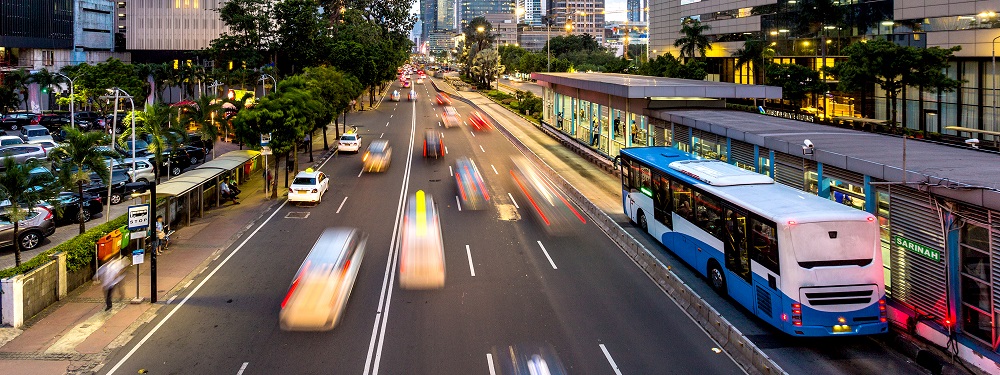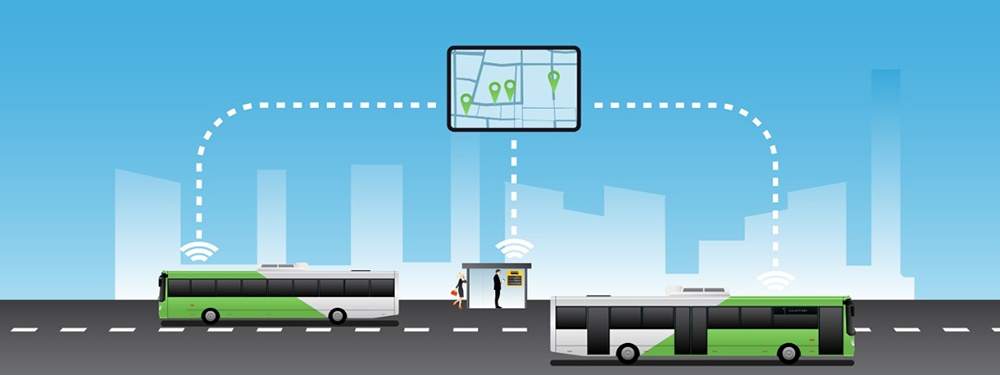India
Breadcrumb navigation
Making mobility cleaner, smarter and efficient


Navigating through a global pandemic has been the biggest learning that anyone could have possibly attained. It brought us an immense opportunity to rewrite the normal as we know it and explore new possibilities, that otherwise would have been unfathomable. Similar is the case with technology. When you look at this period of crisis as a crash course towards accelerating the technological advancements in not just healthcare but in each vertical that evolves with human lives, mobility solutions sit atop this list of key verticals directly linked to the ease of living.
As we reimagine and redesign the new normal, it is particularly important to stitch in the thought of sustainable development for the posterity. This thought holds true for technology advancements as well. When it comes to tech enabled mobility solutions, the spectrum widens to incorporate the norms of social distancing, sustainable energy and seamless smart transportation. Charting out the best solutions that ties all three factors together in the backdrop of the Indian peninsula, is a challenge that requires adequate planning and optimum usage of resources available.
India is a vast country, a place burgeoning with people and businesses. It is also the planet’s third-largest emitter of carbon dioxide, although it is still well behind China, the world’s largest emitter, and the United States. A growing cluster of metros and a cosmopolitan population is only going to add to this, if not curbed now. It has already been identified that electric is going to be the future. Granted that it is a start, the roadmap is not easy nor is it without hurdles. With the hike in privately owned vehicles and the deteriorating condition of the public transport system, India is in dire need of a centralised and efficient public transit policy. A comprehensive approach towards not only going green but also to increase the efficiency of ETAs and deliver on seamless last mile connectivity.

Public transit is never the first choice of transport due to many reasons, the primary one being traveller experience. This has never been our strong suite owing to operational exigencies, resource management and route planning. This is where the boon of AI can be put to maximum use as it does not discriminate and does not run on social and economic disparities. Technology unbiasedly decides and optimises user experience and increases the transit system’s reliability. Coupled with planning and a fool proof strategy, AI enabled solutions evidently become customer centric in nature. Once this is achieved, public transport inevitably trumps the reliance on private vehicles that have its own set of shortcomings.

Today, one can easily expect Automatic Vehicle Locating System (AVLS) and Passenger Information System (PIS), depot management system, incident management solution, automatic fare collection system, planning & scheduling system, and business intelligence system in a smart suite of transportation solutions. Leveraging the power of ICT to solve social and economic issues such as traffic congestion in public transport and reducing carbon emissions, these smart solutions are indeed the future. Applying this level of precision to other modes of transport, especially the untapped potential of waterways in India is definitely the way to plan ahead for a sustainable and energy efficient mobility map for the country. We already have the tried and tested use cases of BRT (Bus Rapid Transit) in India.
NEC has been at the forefront in delivering world-class ICT solutions that solve real-life problems for the society. In the area of public transportation, NEC has successfully delivered BRT projects in major cities across India, including Hubli-Dharwad, Ahmedabad, Pune and Surat. The company has also implemented solutions under its ITMS portfolio consisting of an Automatic Vehicle Location System (AVLS), Passenger Information System (PIS), Vehicle Planning Scheduling & Dispatch (VPSD), Depot Management System (DMS) and AFCS. NEC currently manages a fleet of more than 4,000 public buses in India and contributes to the bus operators reduced running cost and increased revenue.
NEC together with their partners and Government authorities want to realize the vision of a cleaner, smarter and brighter future for people and transport and mobility is an integral part of how this vision can be achieved. To know more about NEC’s mobility solutions, please visit the following link:
https://in.nec.com/en_IN/solutions_services/intelligent_transport_solutions/index.html
By: Charchit Taneja
Date: 10th May, 2021
Contact